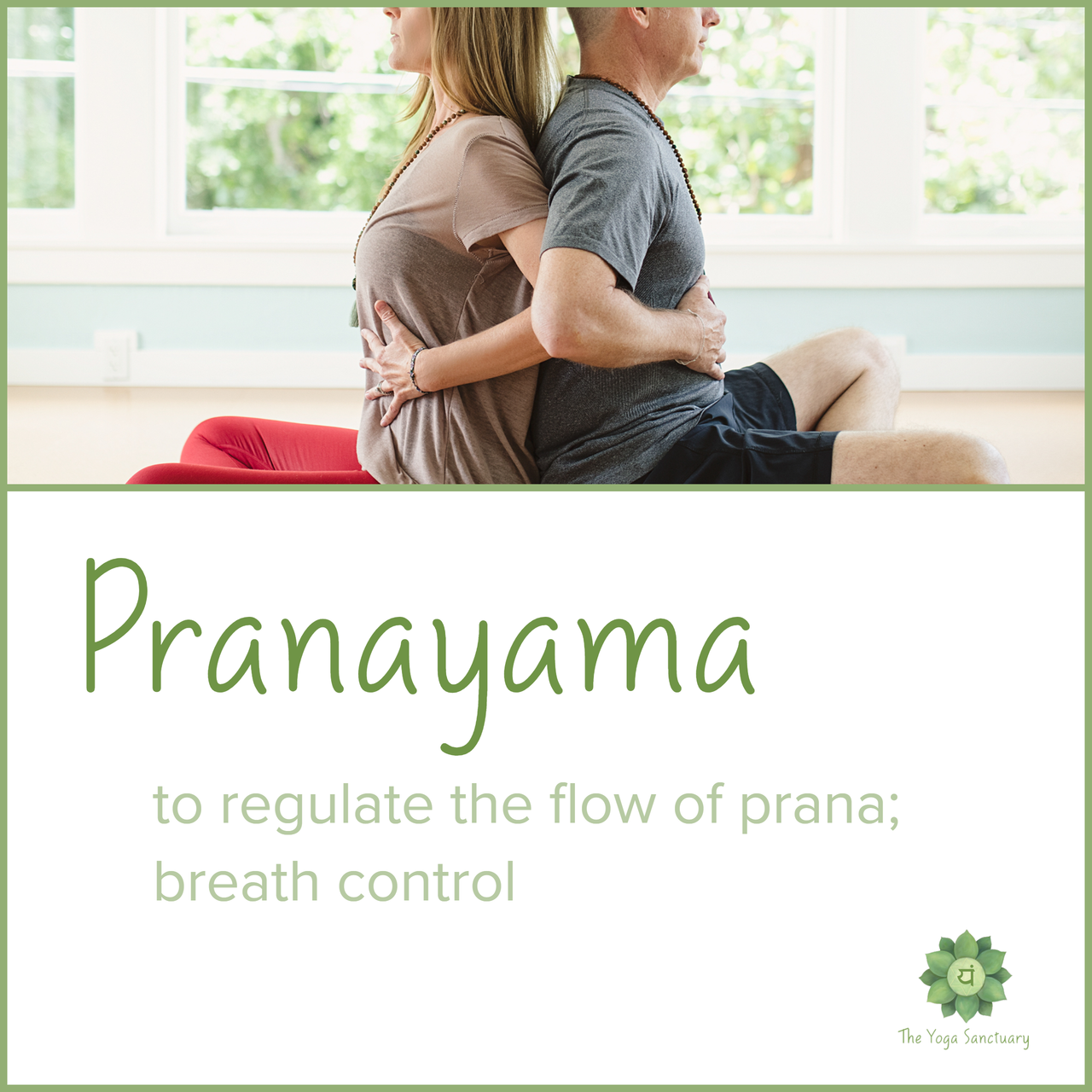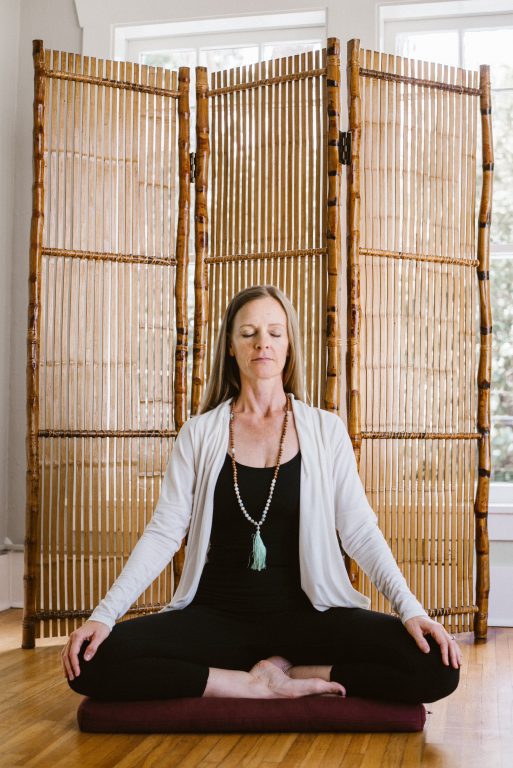
The Meaning of Pranayama
The word pranayama is derived from two Sanskrit terms: prana and ayama. Prana refers to the life force, vitality, or energy that sustains us—and indeed, sustains the entire universe. Ayama means “extension” or “expansion.” Pranayama, therefore, means “extension of life force.” Prana is carried on the breath, and the breath acts as a vehicle for prana as it flows through the body. In the ancient yogic text, Hatha Yoga Pradipika, it is stated that breath is the key to ultimate emancipation. If you have felt the sense of peace a calm breath can bring, certainly you have tasted this freedom.
Pranayama in the Context of the Eight Limbs of Yoga
Pranayama is a vital aspect of yoga practice, bridging the physical postures of asana and the inner stillness of meditation. As the fourth limb of yoga, pranayama follows asana for good reason: asana prepares the body for pranayama. While asana is often associated with movement and strength, pranayama requires stillness and a calm, focused mind. This is why pranayama is most commonly practiced while seated with an erect spine, providing the ideal alignment for the free flow of prana throughout the body. For most people, sitting for extended periods can be uncomfortable, but with regular asana practice, this discomfort is alleviated, allowing the body to remain steady for pranayama.
Though breath control is used as a practice of pranayama, prana itself cannot be controlled. Rather, breath control helps to remove blockages so that prana can flow freely throughout the body. “Prana is distributed throughout the body along nadis, or channels, that are similar to (but are not the same as) the pathways of nerves that run throughout the body. When prana is blocked, energy cannot flow and disease and imbalance set in. When prana is flowing through every cell of the body, we are vital, radiant, strong, healthy, and clear in thought, speech, and action,” states Alan Finger.
Observing the Breath: The First Step in Pranayama
Pranayama usually begins with a few minutes of simply observing the breath. This practice of mindful observation—simply noticing the breath and how the body responds—will naturally bring ease to both the breath and the mind. As you begin this practice, focus on just breathing—without any effort to change or control the breath. This gentle act of breathing allows you to connect more deeply with your body and the present moment.
Just breathing means not forcing the breath in any particular direction, but allowing it to flow naturally. Notice the sensations of the inhale and exhale—where you feel the breath in your body, how it moves, how it feels in different parts of your chest, belly, or nostrils. This approach fosters a sense of acceptance and ease with the breath, rather than striving for a specific result.
In the process of observing, you may naturally begin to cultivate a healthy breath. A healthy breath is full, smooth, and unstrained, with an effortless rhythm. It comes from the diaphragm, rather than being shallow or forced in the chest. With regular attention to the breath, you can begin to retrain your body to breathe in a more optimal way, reducing tension and improving overall health. As the breath becomes deeper and more conscious, it can begin to move more freely, promoting relaxation and mental clarity.
Once the breath is flowing with ease, any number of pranayama practices can be explored. A great starting point is the ujjayi breath, or victorious breath, which can be easily incorporated into an asana practice.

Ujjayi Pranayama: A Practice for Calm and Focus
The ujjayi breath involves a slight constriction in the throat, which serves to modulate the flow of breath into and out of the lungs. Essentially, it helps to lengthen or extend the breath. The constriction of the larynx during ujjayi breathing also adds sound to the breath. With each inhalation and exhalation, the ujjayi breath produces a sound similar to a sigh or waves breaking on the beach. This sound is not only soothing, but it also helps the mind remain focused, creating an anchor for concentration.
To practice ujjayi:
- Sit in a comfortable posture such as sukhasana (easy pose) or virasana (hero pose). Ujjayi can even be practiced while reclining or seated in a chair while being careful to maintain an erect spine.
- Inhale through the nose and exhale through the mouth, creating the sound “haaa,” as if you were whispering or trying to create a bit of fog on a mirror.
- Feel the swirl in the back of the throat. Practice this a few breaths.
- Halfway through your next exhalation, close your mouth, continuing the same sound as the air goes out through your nose instead of your mouth. Practice it a few times. Each time, close your mouth a little sooner until the mouth is no longer open as you exhale.
- Once you are comfortable with the exhalation, try to create the same soft sound on the inhalation. Well-known Ashtanga Yoga teacher, David Swenson recommends gently smiling as you feel the air swirl in the back of your throat.
Benefits of Ujjayi Breath
In addition to its calming effects, ujjayi breathing activates the parasympathetic nervous system, which promotes relaxation and helps to clear the mind. The extended breath encourages a state of presence and mindfulness, making it a powerful tool for calming the nervous system.
Pranayama and Pratyahara: Turning Inward
Just as asana prepares the body for pranayama, pranayama also supports the practice of pratyahara, the fifth limb of yoga, which involves the withdrawal of the senses. Pratyahara allows us to turn inward, cutting off distractions from the outside world. Through the practice of pranayama, the breath becomes a gateway to inner stillness. As we progress through the eight limbs of yoga, we see how each limb unfolds to reveal the next, and truly, the practice of yoga reveals itself.
